Art Centre and Museum
Mikkeli Centre of Photography is an art centre and museum, specializing in art photography. Mikkeli Centre of Photography was established in 1989, being one of the oldest centres of photography in Finland. The centre houses five separate gallery spaces: Hall, Galleries I, II, III and Lounge Gallery. The centre is located in a beautiful heritage building at the university campus of Mikkeli, a short walk from the market square.
In these galleries there are changing exhibitions showing contemporary Finnish photography, and in Gallery III often photographs of the local cultural history and heritage from the collections of the Centre. There is also an Information Service Desk in the Lounge.
The Centre promotes photography and visual arts on regional, national and international level. The Centre organises high quality art exhibitions, conducts photography, art and media education, is an expert in publishing photography books and houses a Digital Photography Workshop and visual design workshop space Kultura for artists' work, education and research. We work in cooperation with the Cultural Services of Mikkeli City and Arts Promotion Centre Finland. The Centre is also a member of Finnish Museums Association.
OUR EXHIBITIONS NOW
Päivi Eronen: Three Bathers, Kuora, 2010.
THE BATHERS
Päivi Eronen
11.4.–25.5.2024
Päivi Eronen (b. 1961, Pielisjärvi) has studied the Art of Photography at the University of Art and Design in Helsinki, Master of Arts 1993. She has had eight individual exhibitions since 1993, five of them in Finland and four abroad.
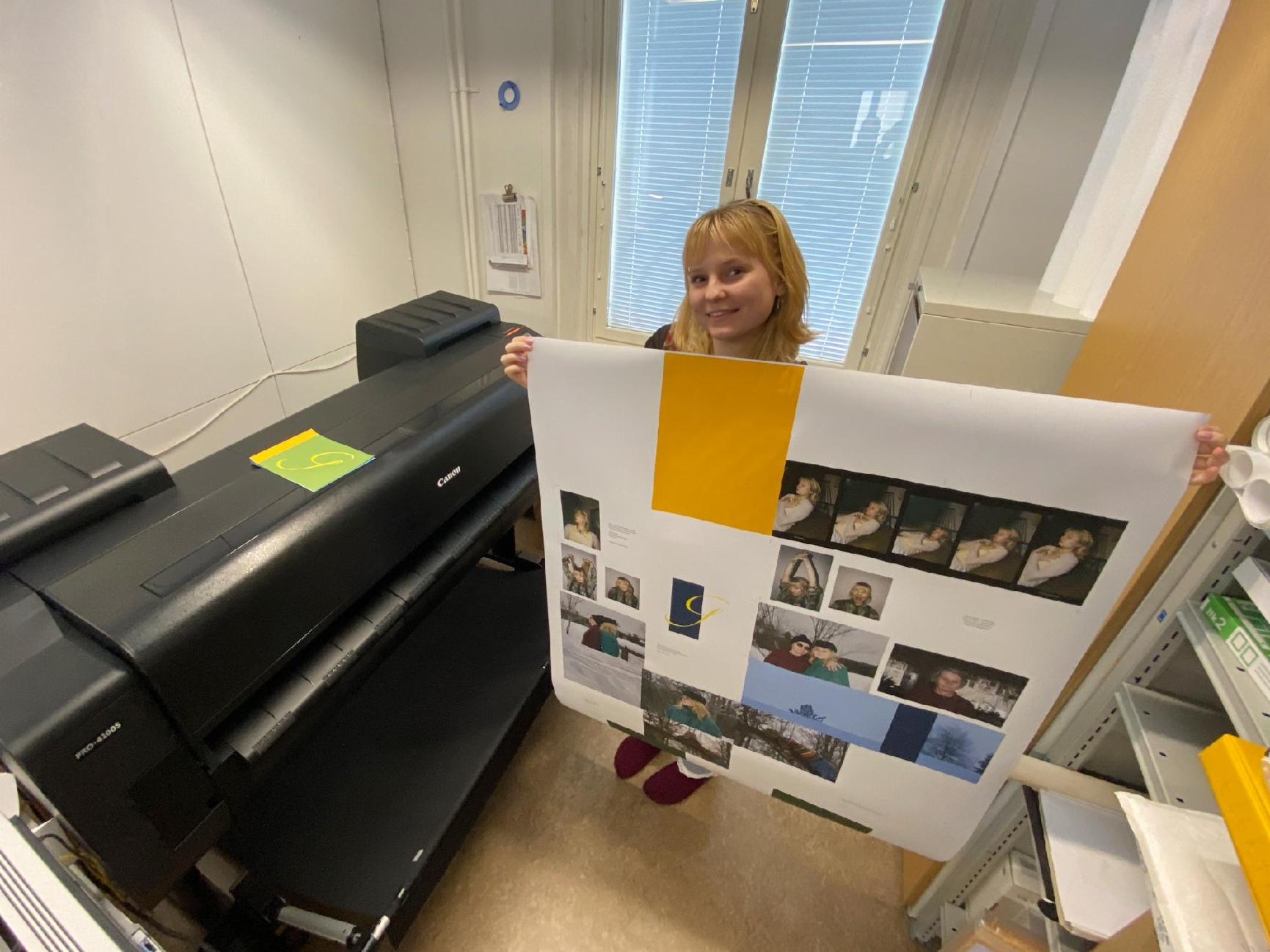
The topic of the Media Camps is My Picture Book, the open drafts of which have been printed in the Centre's Digital Workshop.
MY PHOTO BOOK
Media Camp for Young People
11.4.–25.5.2024
Mikkeli Centre of Photography has been organizing education since its foundation, i.e. since 1989. Since 2010, the main focus has been media education for young people. The central form of this has been the Cultural Path aimed at primary schools in the city of Mikkeli: all eighth grade students have visited the Centre, getting to know the exhibitions and doing small-scale practice work.
In the fall of 2023, all students got to visit inside the camera obscura: one gallery room was darkened and a pinhole was made in the cardboard covering the window, which reflected the image of the opposite view.
This spring's media camp's topic has been "Own Photo Book". At first, we familiarized ourselves with the history of the book and the structures of the books. We went through the pictures of the campers and edited them for the book. Then they started to compile small-format books from the pictures, which will be realized in the picture institute. The process continues.
PREVIOUS EXHIBITIONS
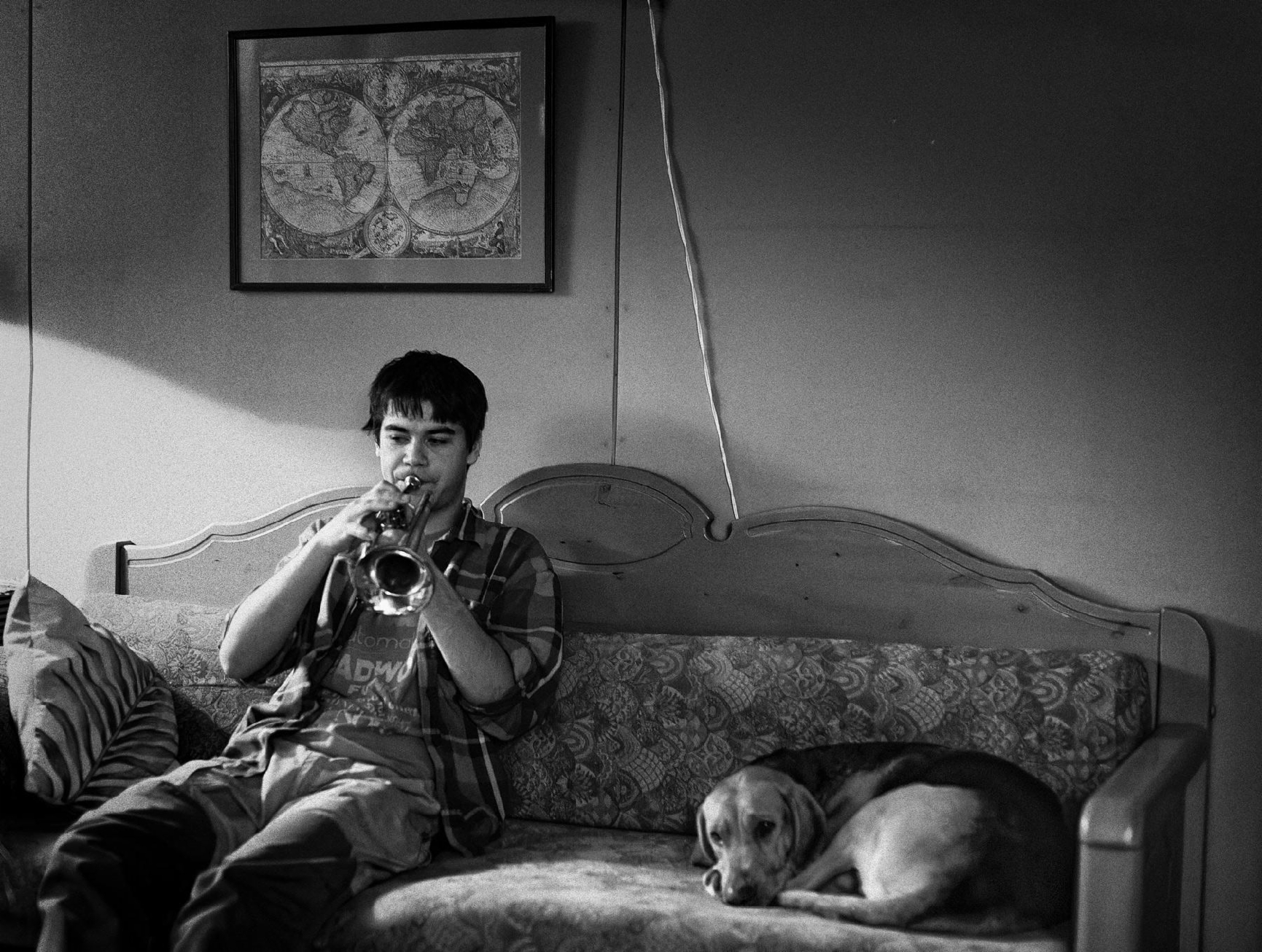
Jake Kukowski: St. Louis Blues, 2008.
ON RELATIONSHIP BETWEEN SPECIES
Jake Kukowski
22.2.–30.3.2024
Jake Kukowski (b. 1962, Essen, Germany) has lived in Finland for 30 years and has worked as a veterinarian in a municipal practice. Photography has been his passion for a long time. Currently, Kukowski is studying at the International Riveria Vocational School, where he will receive his Photographer's Vocational Qualification (VAT) in the spring of 2024. In the past, he has participated in several group exhibitions.
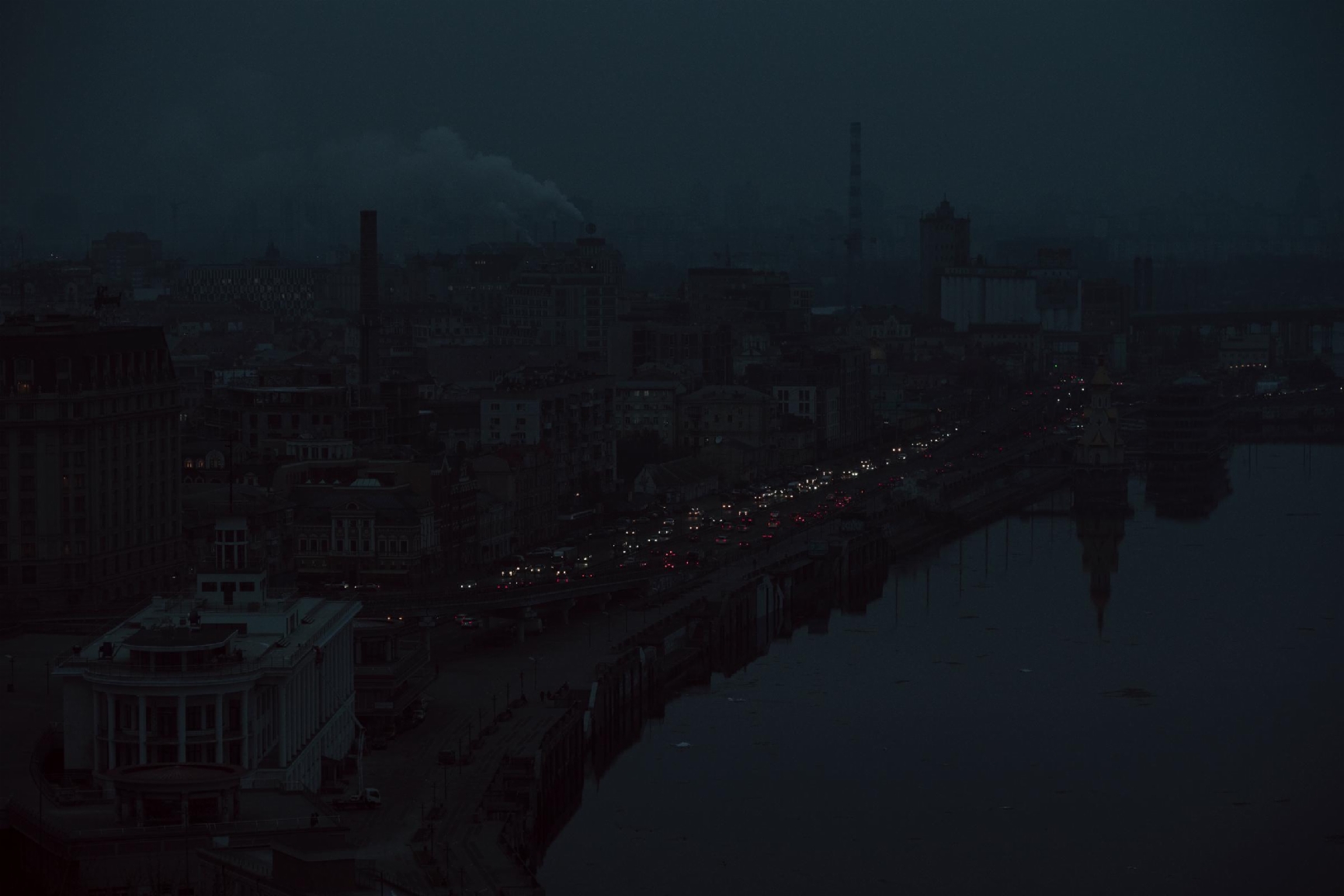
Antti Yrjönen: Kiev, Ukraine, 27.1.2023
SHROUDED IN DARKNESS
Antti Yrjönen
22.2.–30.3.2024
Russia, which has repeatedly lost on the battlefield, began to systematically destroy Ukraine's power plants and energy network in late autumn 2022. The effects are particularly aimed at civilians. The daily life of ordinary people is burdened by power outages, which in the worst case cool down homes and cut off the water supply for days. Energy has to be rationed.
The lack of electricity makes business difficult and makes it difficult to do hobbies. Power outages can have long-lasting effects when even schools get colder. A generation is growing up, which was locked in their homes first by the pandemic and then by the war.
Antti Yrjönen (b. 1992) is a photojournalist and documentary photographer from Tampere. During the war, he has spent several months in Ukraine documenting the effects of the crisis on the lives of civilians.
With his photographs, Yrjönen aims not only to show the viewer places and perspectives that he would not necessarily be able to access without pictures, but also to challenge prevailing cultural narratives and dismantle stereotypes.
Yrjönen has been awarded several times in the Photojournalism Competition. In 2020, he was awarded Suomen Kuvalehti's Journalism Award as part of the State of Exception 2020 working group.
Yrjönen is currently working on a book about the effects of the war in Ukraine on global food security.
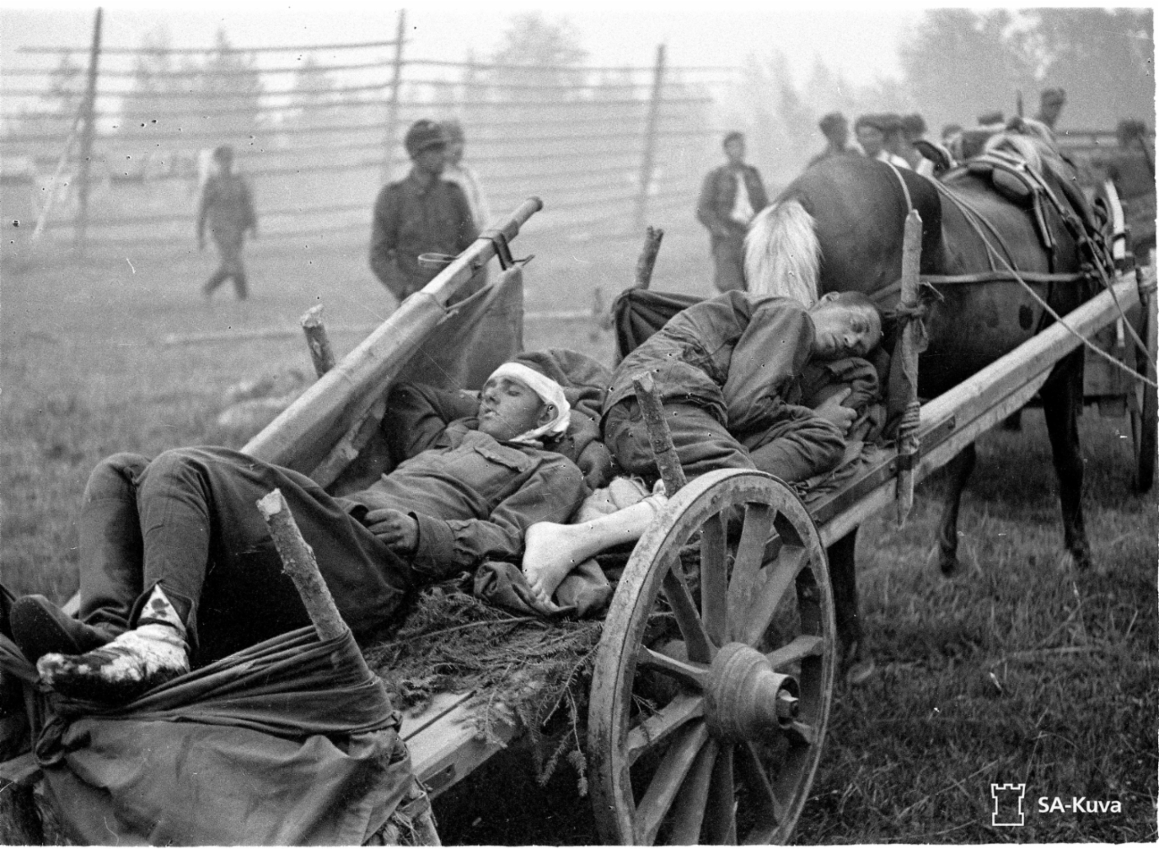
"A wounded Russian soldier in the village of Omelia. 1941.07.25." Photo: E. J. Paavilainen.
WAR HURTS EVERYBODY
Treasures from the Finnish Wartime Photo Archive
22.2.–30.3.2024
During the Second World War (1939–1945), hundreds of artists and information professionals served in the Information Company of the Finnish army.
They went to war not only with conventional weapons, but also with pens, cameras and brushes. A "new type of weapon" was also developing in Finland from propaganda and art as part of it.
With the right kind of information, the will to fight was maintained at the front, but above all, faith was cast in the justification of one's cause at home.
The exhibition "War Hurts Everybody" presents the inhumanity of war with the touching images of IC-photographers.
The exhibition's material has been compiled by the Center's board members Olli Jaatinen, Pasi Räsämäki, Heli Seppänen and Simo Väisänen. Artist photographer Olli Jaatinen has edited the material into an exhibition.
The exhibition is a tribute to all circa 50 IC-photographers who put their lives on the line in dangerous frontline conditions.
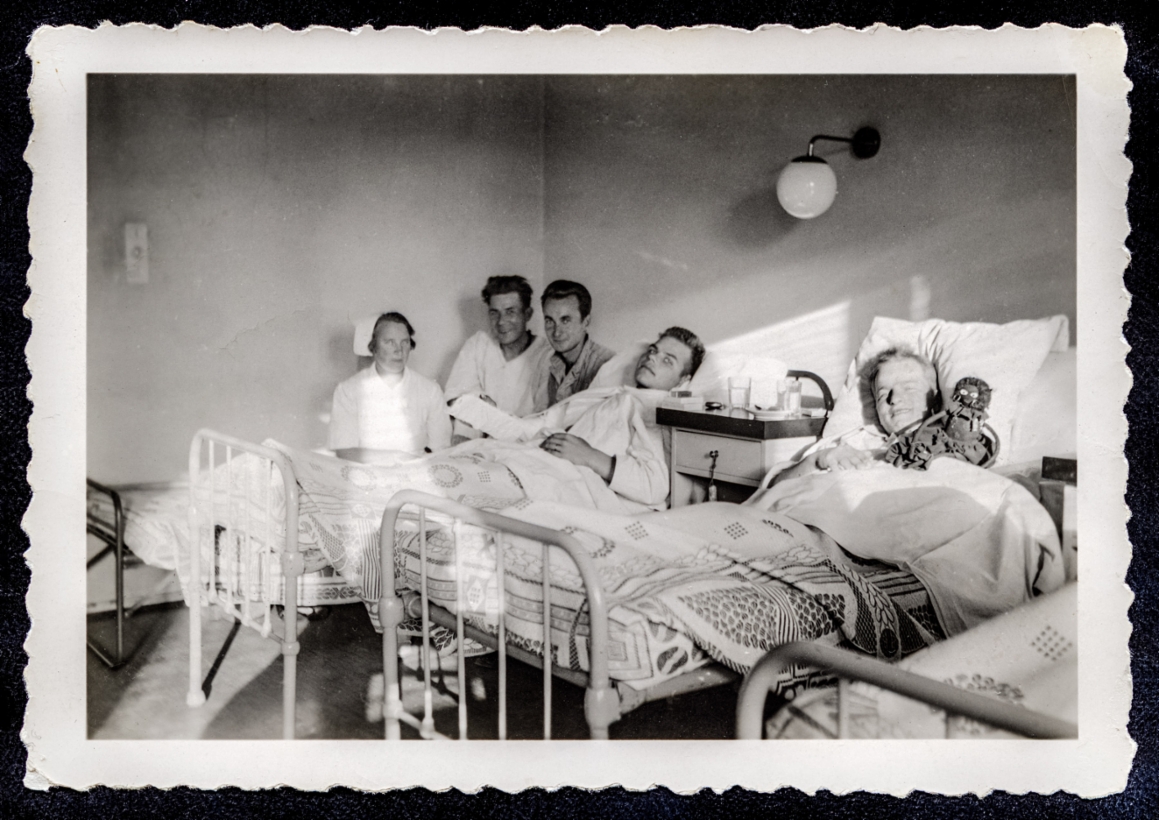
Photo from nurse Veera Pekkanen's archive.
MILITARY HOSPITAL NO. 17
Selections from nurse Veera Pekkanen's Photo Collection
22.2.–30.3.2024
Mikkeli County Hospital operated as Military Hospital no. 17 during the winter and continuation wars. Those wounded at the front were transferred to inland hospitals through mass detention centers, where most of the treatments were carried out.
Veera Pekkanen (born Fagerström, 1912–2004) worked as a nurse at the Military Hospital No. 17. She collected photos of the hospital's activities, which his son Timo Pekkanen donated to the Mikkeli Photo Center. There is no certain information about the people who took the photos.
In the photos from Veera Pekkanen's collection, wounded convalescents receive daily care in the hospital's premises. Sometimes they have been taken on a nature trip. The collection also contains pictures of the damage to the county hospital: for example, the operating room had been completely hit.
Pekkanen's photo collection has been edited for the exhibition by photo artist Olli Jaatinen.
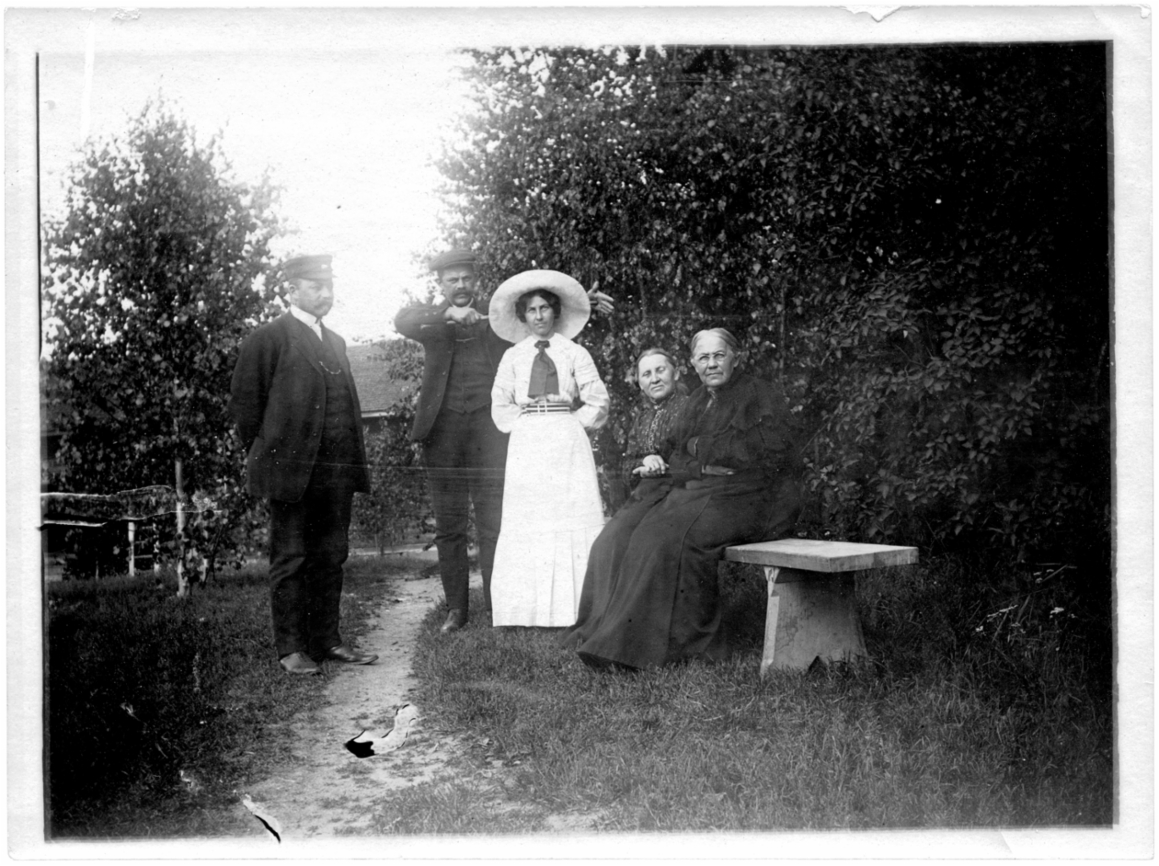
Millers: Measuring Ella's Brim Hat.
THE LIFE IN INKILÄNHOVI IN THE EARLY 20TH CENTURY
as Depicted by Miller Siblings
22.2.–30.3.2024
The history of Inkilä Manor in Juva dates back to the 16th century. At that time, the region was called Laihaniemi. The man named Inki was the one who started the story: in 1572, Ingila is said to have had three horses, three cows, seven sheep, and a goat. The tradition has been preserved.
Over the centuries, Inkilänhovi has changed hands several times. Gunsmith Tuomas Juhonpoika owned the manor in the 17th century. He left the still-used name Sepänniemi.
During the Great Northern War in the early 18th century, the Tawast brothers bought the manor. Their sister Kristina Tawast married Livian Kristian Wahl. It is believed that Wahl would have imported a pea variety from the Baltics, known in the Lund Gene Bank as “Inkilä pea”.
The great boom of Inkilä was experienced during the Poppius family in the late 18th century and early 19th century. The Poppius were a priestly family from Juva and also owned the Vehmaa manor.
The manor was bought from the inheritance of Poppius in 1847 by Sergeant Karl Miller, whose family owned the manor until the 1970s, when opera singer Martti and his wife Annukka Talvela bought the farm. The Inkilänhovi underwent extensive renovations during 1979–81. Talvelas’ interest in organic farming arose in the years when the family lived in Central Europe and the United States, from where eco-thinking also began to spread to Finland.
After Martti Talvela's death in 1989, the manor was owned by Talvelas’ daughter Johanna with her husband Severi Hirvonen. The trade is organic farming and sheep farming.
Photography developed into a major form of recording in the era of the Miller family. The estate of Inkilänhovi consists of twenty photo albums and thousands of photos. Only a few albums compiled by Ella, Hugo and August (Atte) Miller have been selected for this exhibition. It is not clear exactly which shots from those albums were typed by anyone. Thus, there may be several Miller shots in this exhibition in addition to the trio mentioned.
On the one hand, the subjects of Millers’ photographs are snapshots commonly seen in family albums, on the other hand, they tell of the photographers’ efforts to create something classic – the Golden Age of Finnish Art was lived at that time, and Millers could not have avoided seeing Albert Edelfelt's or Akseli Gallen-Kallela's paintings.
The pictures in the exhibition are from the collections of Johanna Hirvonen / Inkilänhovi, Heikki Miller, Risto Miller and Torsti Miller.
The exhibition is curated and executed by Olli Jaatinen, MA, the artistic director of the Mikkeli Centre of Photography.
PREVIOUS EXHIBITIONS
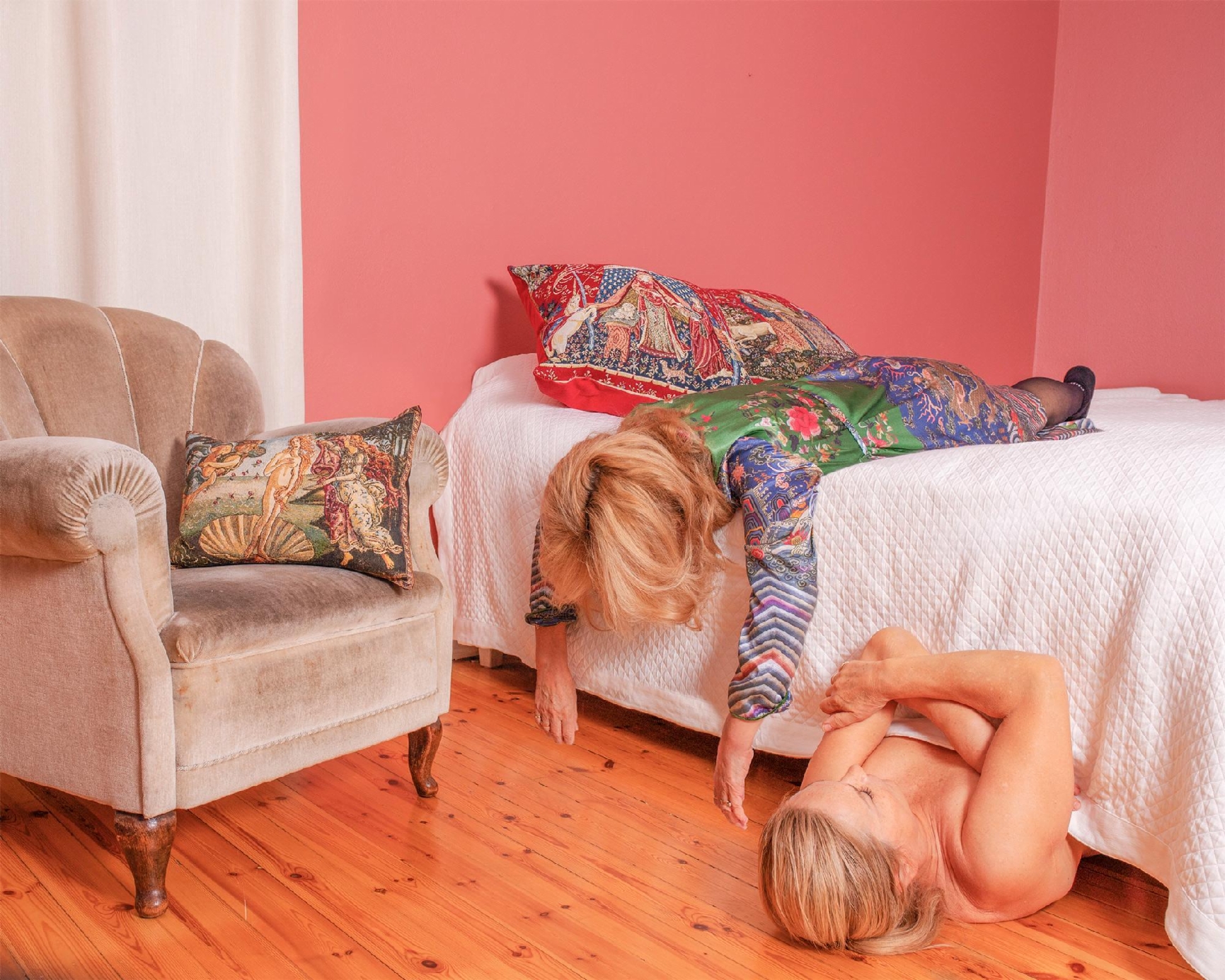
Ripsu: A work from the series Personas (two characters on a bed), 2019 .
PERSONAS
Ripsu
Balancing within the boundaries of what is proper, sensible, or in good taste is not always possible or even necessary. Liberation of some kind is possible, even within four walls, into a reality where wings sprout from peoples backs. Ripsu embarks on a frank parody of the luxury home life performances put out so brusquely and feverishly by reality television and social media.
- Anna-Kaisa Rastenberger, Director of the Finnish Museum of Photography
Ripsu Hongisto-Salmi (b. 1954 in Savonlinna) is a highly versatile photographer and photographic artist from Helsinki, who also goes by Ripsu.
Personas contains Ripsu's self-portraits, taken in her home in Töölö, Helsinki. Core themes in the images are the plural self, mature womanhood, joie de vivre, colors, luxury, and courageous self-esteem. Roles switch up quickly in Ripsu's photographs, but they are all equally true and real. The style changes with them: some are like fashion magazine stock photos, others show unadorned everyday normalcy, and many include a liberating self-irony and sense of parody.
Ripsu has a Master's degree in art history from the University of Helsinki and she has has studied photography in Finland and Sweden and she has participated in numerous workshops and mentorship programs by some global photography greats, in Finland as well as abroad. Ripsu has published a monograph work entitled Personas.
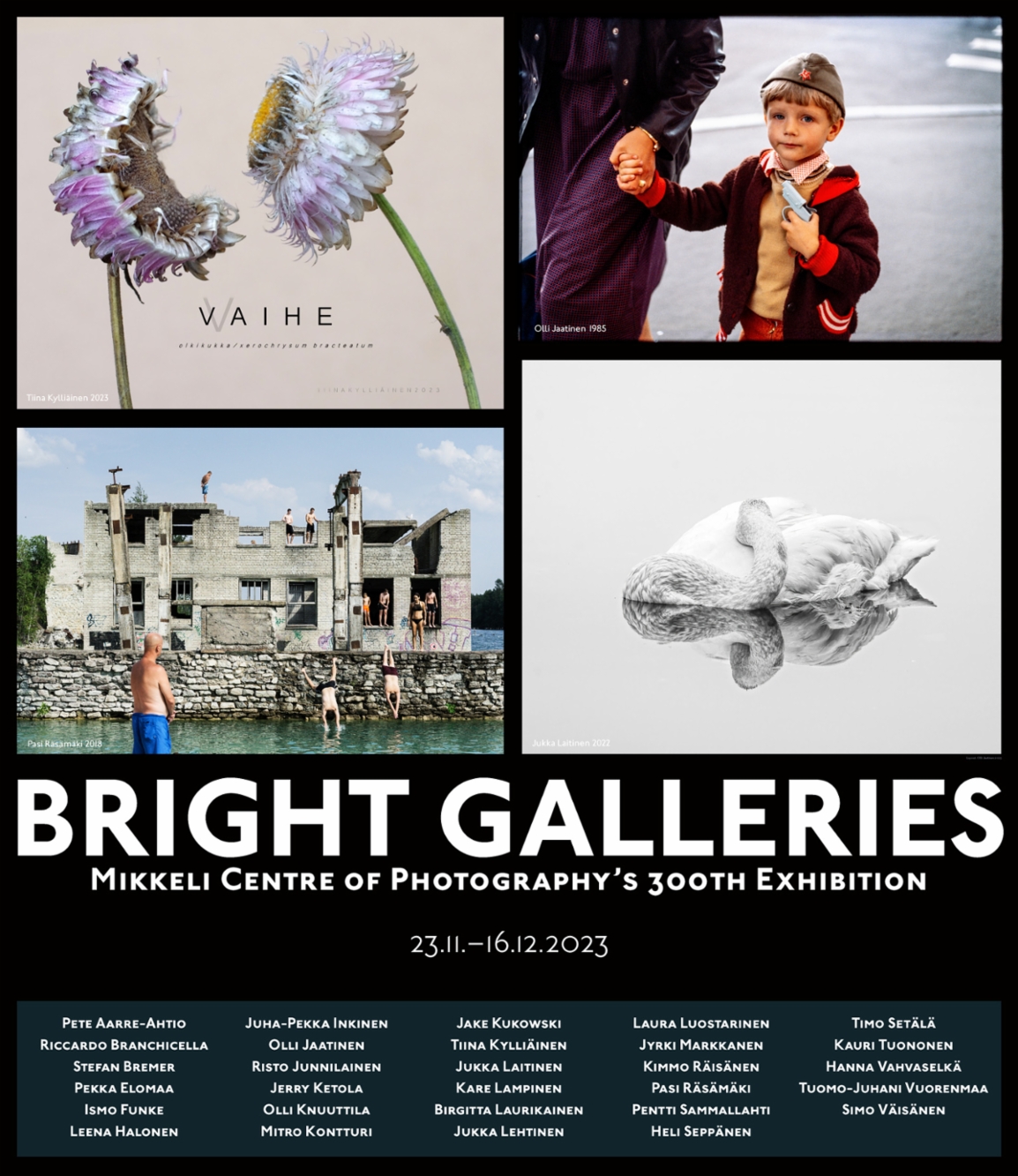
BRIGHT GALLERIES
The Mikkeli Centre of Photography's 300th Exhibition
The Mikkeli Centre of Photography was founded under state leadership: In 1988, the Mikkeli County Art Committee chose me as the county artist, guiding visual communication and photographic art. Alongside my art studies I worked in Helsinki in galleries and museums, so founding the Centre was an implementation of my skills to use in Mikkeli.
The exhibition activity of the Centre started in September 1989 with Jukka Lehtinen's exhibition. The exhibitions organized by the Centre has presented the works of at least thousand artist photographers, photographers, photography enthusiasts and visual artists. The main focus has been on contemporary photography, without forgetting the history. The art education of young people have also been of great interest.
In addition to artists from South Savo, this anniversary exhibition includes key national influencers in the field of photography who have contributed to supporting and developing the Centre. Among them, I would like to mention with special thanks Tuomo-Juhani Vuorenmaa and Pete Aarre-Ahtio as my mentors in the creation of books, and Pentti Sammallahti as my artistic role model. Thanks also to the hundreds of thousands of visitors for whom the exhibitions have been made.
I would like to thank Heikki Hirvonen, who in 2010 served as the director of culture and education in Mikkeli. Without his belief in the necessity of the centre of photography, the Centre would probably no longer exist: at that time, the Centre had to give up its premises along the market square, and Hirvonen organized the move and renovation to the current premises on Puistokatu. Proof that most things quite often depend on one, determined person.
In Mikkeli on 19 November 2023
Olli Jaatinen
Artist Photographer MA
The exhibition features works by the following artists:
Pete Aarre-Ahtio
Riccardo Branchicella
Stefan Bremer
Pekka Elomaa
Ismo Funke
Leena Halonen
Juha-Pekka Inkinen
Olli Jaatinen
Risto Junlainen
Jerry Ketola
Olli Knuuttila
Mitro Kontturi
Jake Kukowski
Tiina Kylliäinen
Jukka Laitinen
Kare Lampinen
Birgitta Laurikainen
Jukka Lehtinen
Laura Luostarinen
Jyrki Markkanen
Kimmo Räisänen
Pasi Räsämäki
Pentti Sammallahti
Heli Seppänen
Timo Setälä
Kauri Tuononen
Hanna Vahavselkä
Tuomo-Juhani Vuorenmaa
Simo Väisänen
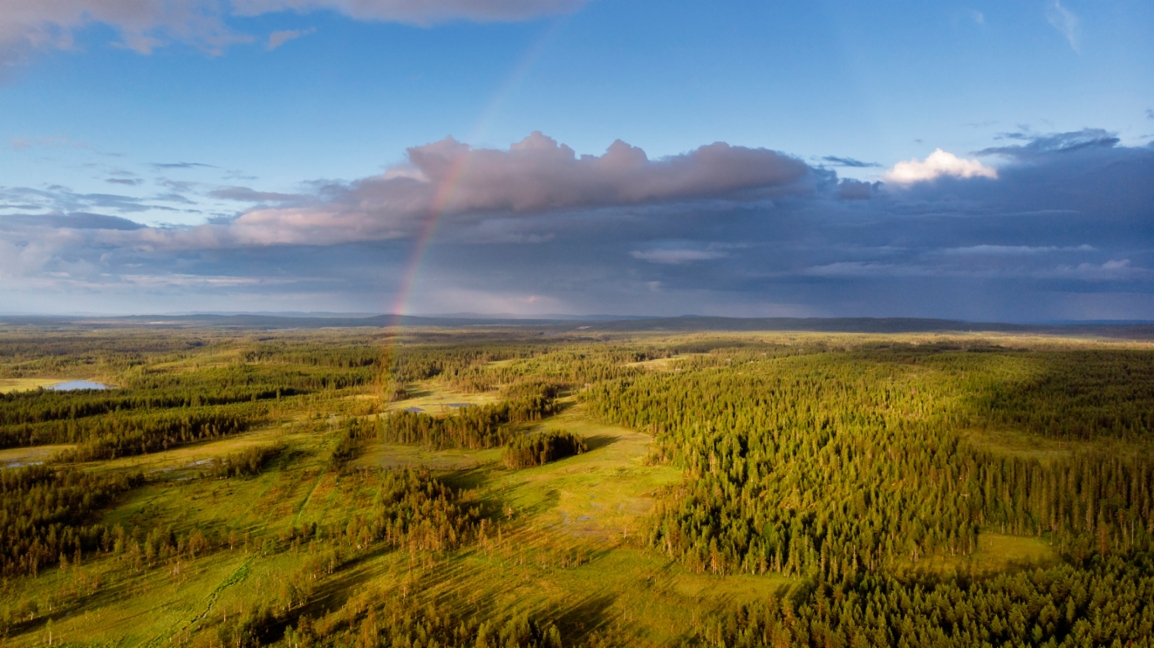
Päivi Tuovinen: Peräpaise | Anal Abscess. 66°09’19.4”N 27°47’24.5”E. Posio, 2020.
ELSEWHERE FINLAND
Päivi Tuovinen
12.10.–18.11.2023
On the outskirts of remote villages, in the backcountry, there are places with curious names. To get there, you will have to leave major roads and travel past small built-up areas along increasingly narrow gravel roads. Finally, you have to continue further on foot, often plodding on tussocks or wading in snow drifts. These are places with vulgar names. However, once you reach your destination at the end of a long journey on rough terrain, you are faced with an experience impossible to foresee based on a trail map or satellite images.
The photographs in this exhibition are documentary glimpses into remote regions in Finland – wilderness and rural areas – places where you will not have to wait for your turn to get to an observation deck or compete for a prime sunbathing spot. In the increasingly urban Finland of growth centres, these places are all but forgotten. Their unusual names pop up in headlines every now and then, but over time, the connection to the history of the names has been severed.
When I was a child, I spent time camping at a pond with a vulgar name, and decades later, I wanted to revisit it. I wondered why this beautiful, remote pond had been given such an odd name – whether the name originated from the shape of the pond or there was some other explanation for it. This tiny pond surrounded by forest, a mossy neck of land and a larger lake has a inky dark bottom. According to locals, the pond may lie on top of a spring and have two bottoms, as fish with various degrees of darkness have been caught in the lake.
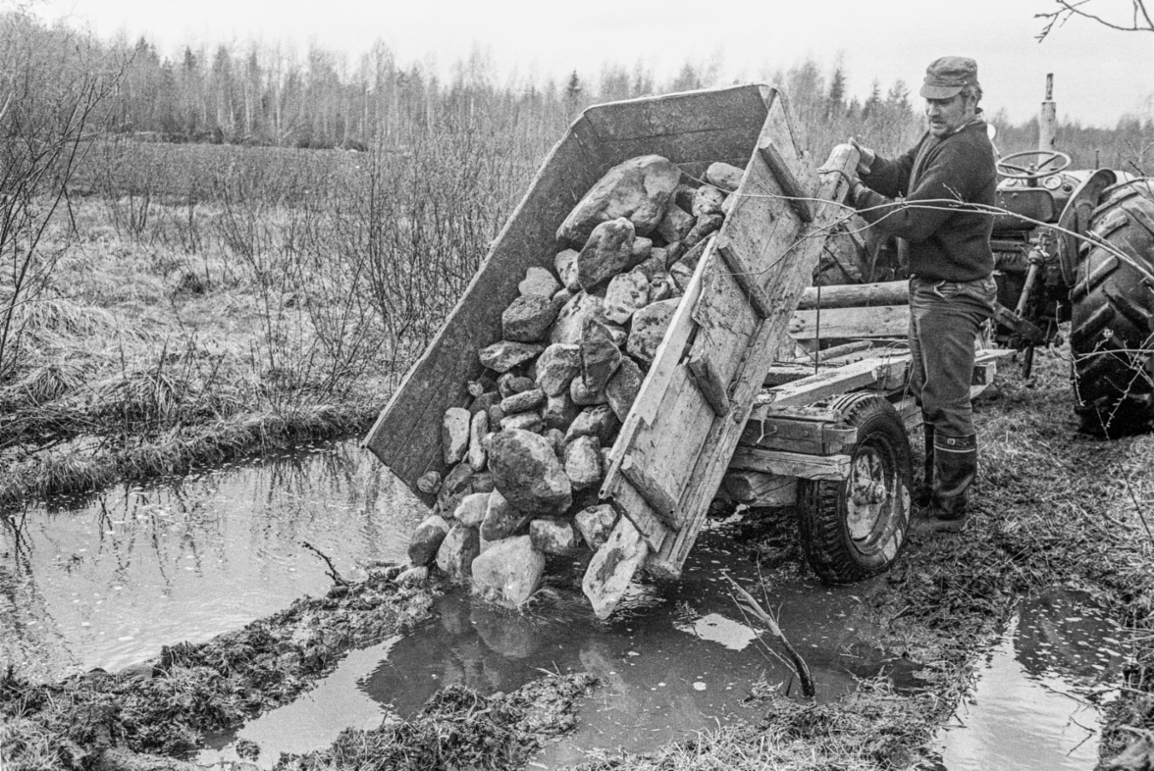
Risto Vuorimies: Pertti Working in the Field, 1974.
VISITING VÄKEVÄINEN FAMILY AS A QUEST IN 1974
Risto Vuorimies
12.10.–18.11.2023
Hellä and Sulo Väkeväinen and their son Pertti lived on the borderlands of North Karelia and Southern Savo. They farmed the land. After Sulo's death, Hellä and her son remained to continue the work. The farm ended when Pertti’s widowed wife died in a house fire and the farm was left in disrepair. This exhibition is assembled from these materials.
Risto Vuorimies (b.1948, Helsinki) is a Finnish documentary photographer. Especially his works from the 1970s about the rise of Finnish rock have been widely seen. He attended Fotoskolan in Stockholm from 1970 to 1972, and together with photographer Ben Kaila brought to Finland the photo exhibition Siirtosuomalainen (Finnish Immigrants) about Swedish Finns. Risto Vuorimies’ photo book about the early years of the band Hurriganes will be published in autumn 2023.
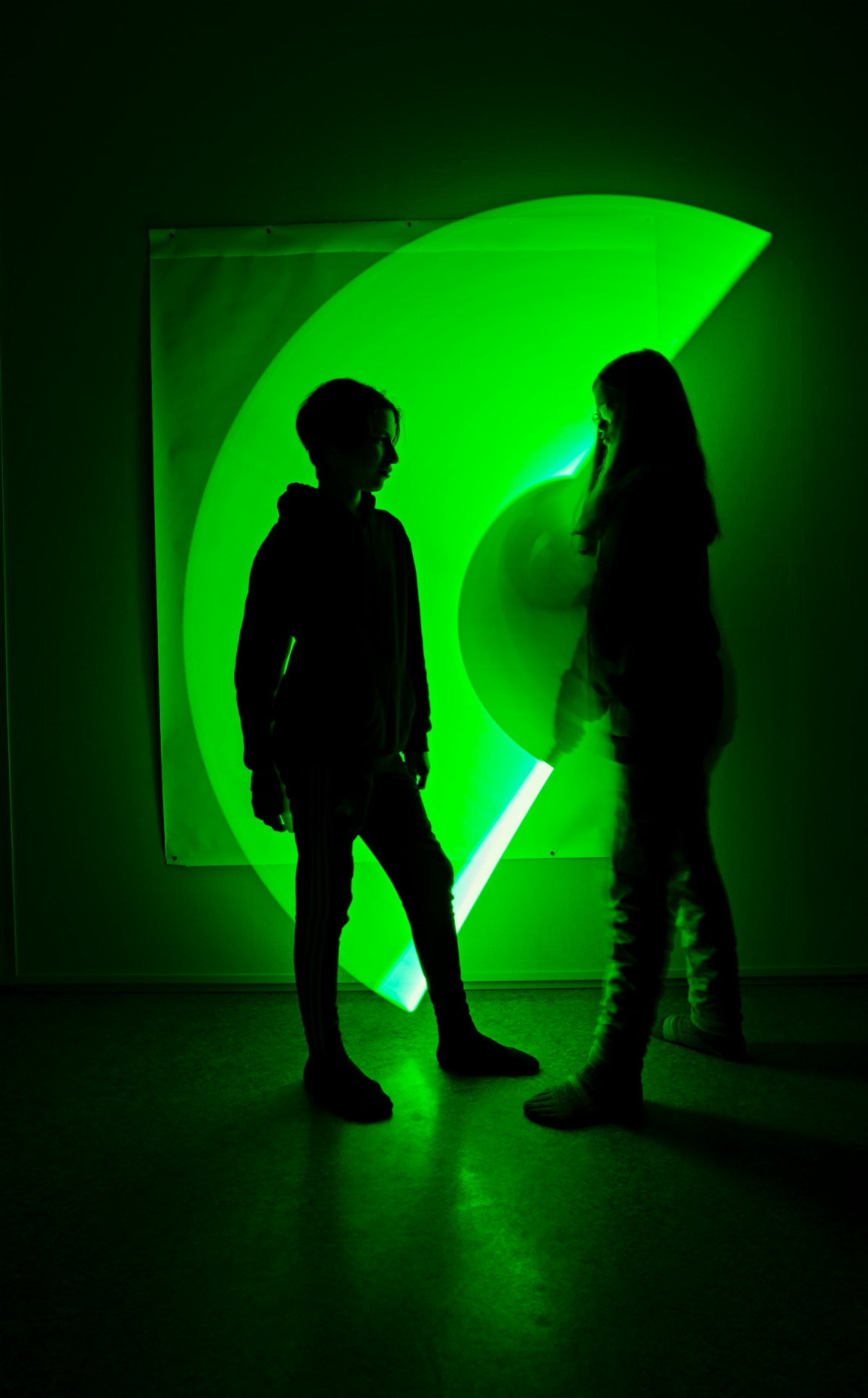
Ville Maanselkä: Luca, Arttu and the Lightsaber. Media Camp 2/2023.
MEDIA CAMP EXTRA
Youth Media Camps 2022–2023
12.10.–18.11.2023
The Mikkeli Centre of Photography has been organizing courses especially for young people for over ten years. Media camps during the autumn and winter school holidays have gained established popularity. During the last couple of years, the focus has been mainly on photography: during the school year 2022–2023, the center organized exhibitions from both camps.
Now on display are shots from those exhibitions as well as fresh pictures, posters and other content production from the new camp to be held at the end of October. The main topic of the October camp is getting to know Adobe's Express application and its countless possibilities. At the same time, the campers get a dose of photography expression and typography.
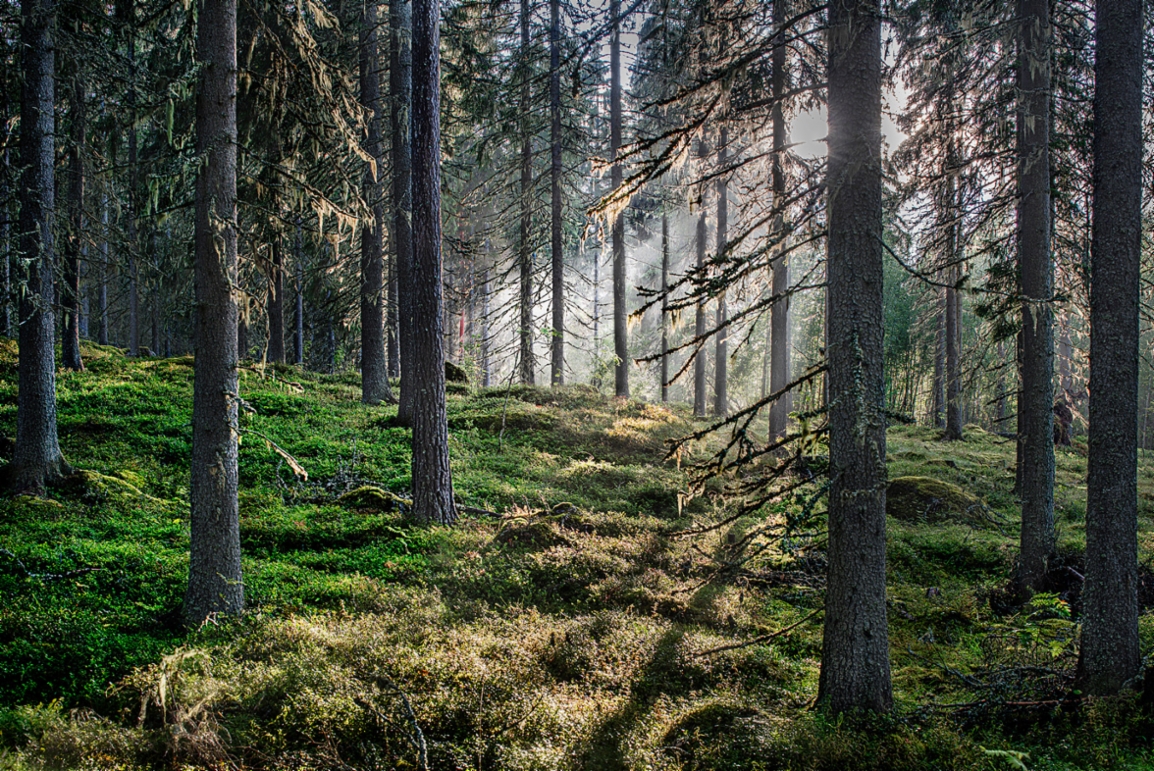
Vesa Aaltonen: Naava, 2023.
FOREST LABORATORY 2023
Vesa Aaltonen
31.8.–7.10.2023
Forest Laboratory is a many-sided artistic documentary project by the fine art photographer Vesa Aaltonen from Turku. The experimental and imaginary work deals with forest’s birth, life and future. The project also deals with the changing relationship between nature and human. It examines the forest’s influence on human beings as well as people’s position and options in the middle of the climate crisis.
Photo artist Vesa Aaltonen has been working on the project since 2016. The nature of his work took a more experimental turn when during a distribution of inheritance Aaltonen bought two hectares of forest that used to belong to his grandfather.
The forest property has seen an imaginary burn-clearing and site-specific experimental works have been realised there. A forest path has been created by repeatedly walking along the property line. The work on the project continues and will find new forms in the future.
The exhibition in Mikkeli consists of small installations, traditional large photographic art prints and an image wall documenting the project. The exhibition includes previously unpublished works where Aaltonen has, for example, utilized resin collected from the forest and melted it in order to create new shapes and forms.
Vesa Aaltonen (b. 1965, Pomarkku) is a photographer and photo artist from Turku. He graduated from the Turku School of Art and Communication in 1995 and worked extensively in the field of photography. Aaltonen has also worked as a photography teacher at the Turku Art Academy in 1997–2005. He has been implementing various community photography projects, participated in several group exhibitions and held solo exhibitions in both Finland and Sweden since 1997.
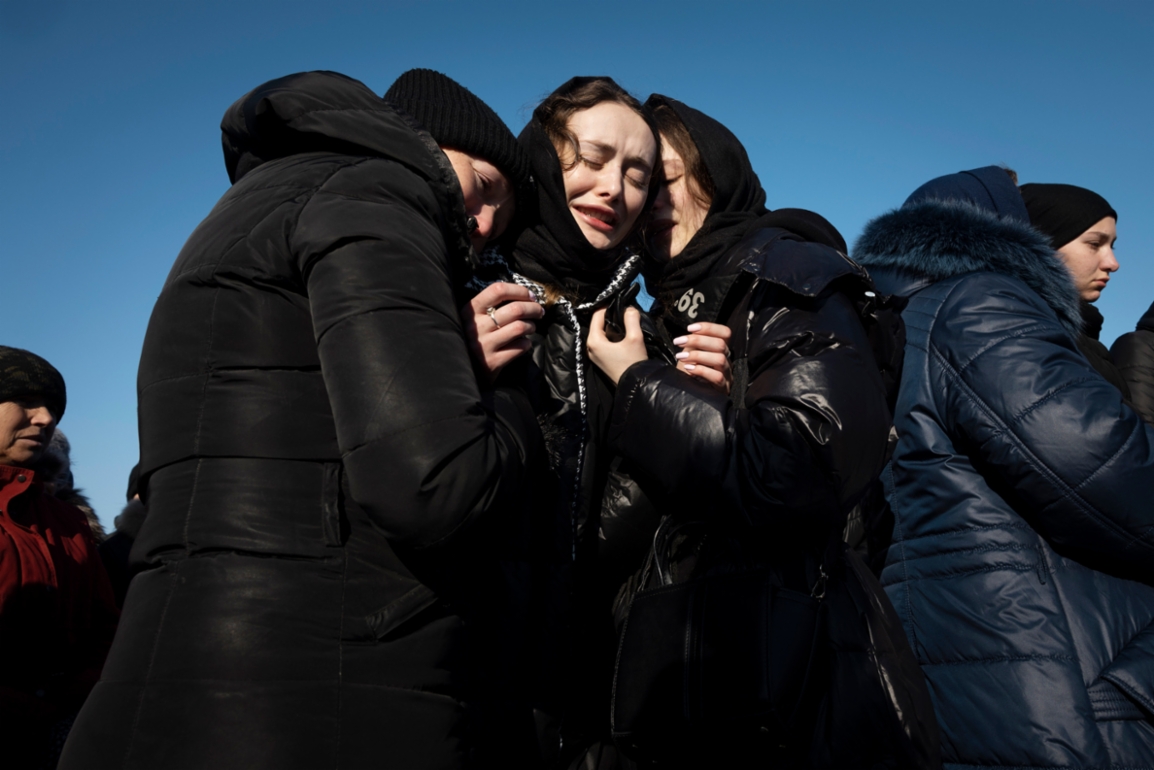
The Chernivtsi region near the Romanian border is the only Ukrainian region spared from missile strikes. Still, the war haunts here more than ever. The body of Volodymyr Hadza, who fell in the war, has been brought back to the home front. His fiancee, Myroslava Boiko (center), had trouble standing in the funeral procession. Photo: Rio Gandara/HS.
DOCUMENTARY NOW! 2.0
Three Photojournalists of Newspaper Helsingin Sanomat in Ukraine
31.8.–7.10.2023
In 2022, the Mikkeli Photo Center put together the exhibition PHOTOJOURNALISM NOW!, which featured six photographers.
The Centre has made a Ukraine update of the exhibition, which includes Rio Gandara and Juhani Niiranen from last year. In addition to their new photos, the center presents Sami Kero's photo series, in which a Ukrainian soldier who stepped on a mine is operated on in the emergency clinic and his recovery is followed at home.
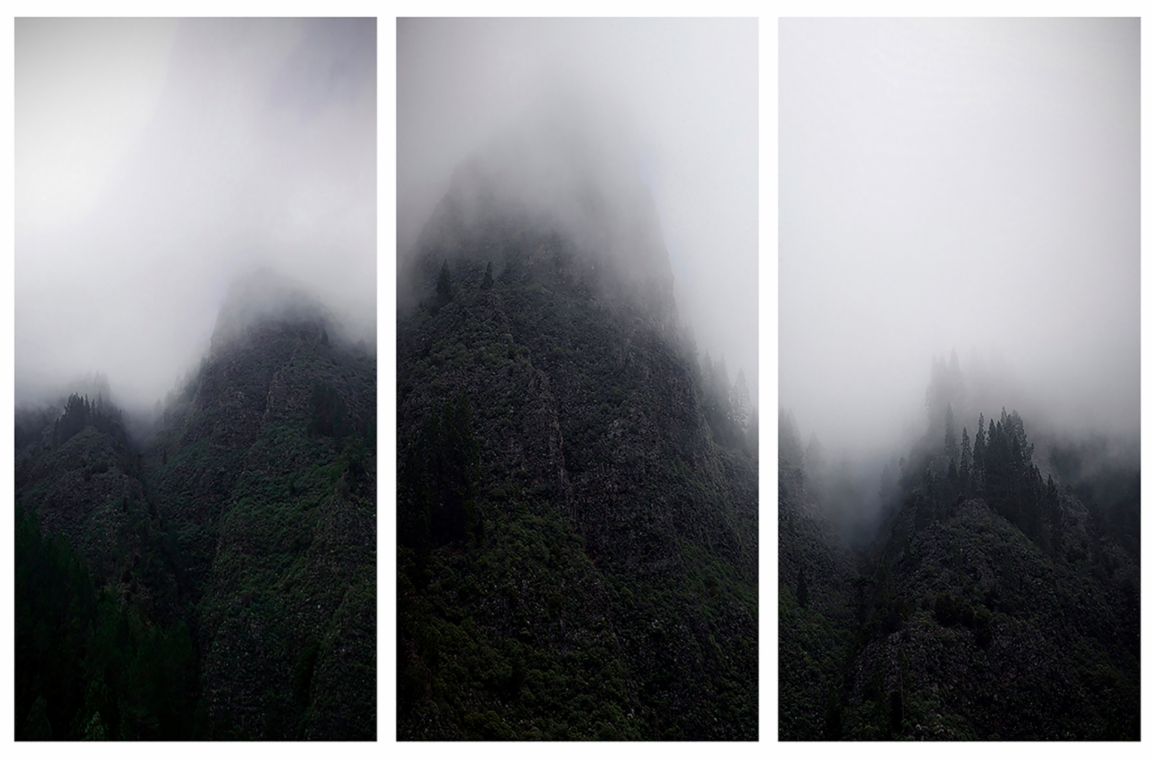
Annimari Taivalsaari
Annimari Taivalsaari
HIDDEN PATHS
13.4.–27.5.2023
The subject of my pictures is often a mythical or romantic landscape. I have been working on my current series of works since 2015 and it was exhibited for the first time in Galerie Pleiku, Berlin 2016 under the name On the Way to Magic Land. The largest collection has been exhibited in the Galleria Vanha Kappalaisentalo in Porvoo in the fall of 2019. The starting point for the series of works has been my own hiking trips over several years. Along the way, the series has been supplemented with new works and received new emphasis.
In the landscape I travel to myself, conveying my own experience of nature and my mental landscape. Temporality is present in the constant change and layered dimension of the landscape. Behind visible reality hides a mysterious and enigmatic world, revealing itself only in glimpses. The landscape condenses the feeling of longing and longing in the face of all transience, but on the other hand, also the expectation of the birth and meeting of the new. Time levels and places mix, cutting the border between dream and reality, past and present: the visible and the invisible meet and the landscapes form timeless, universal worlds. In terms of aesthetics, my works have been inspired by the landscape tradition of East Asia as well as the painting art/symbolism of the Romantic period.
Annimari Taivalsaari (b. 1967, Helsinki) is a photo artist from Helsinki, who graduated as a visual artist from the Artschool of Imatra in 1998 and later completed her studies as a visual artist at the Lahti Institute of Design and Art. Although the starting point of Taivalsaari's works is photography, she often describes subjects and layers images so that their visual language is closer to painting than traditional photography. Taivalsaari has held numerous exhibitions since 2000, both in Finland and abroad.
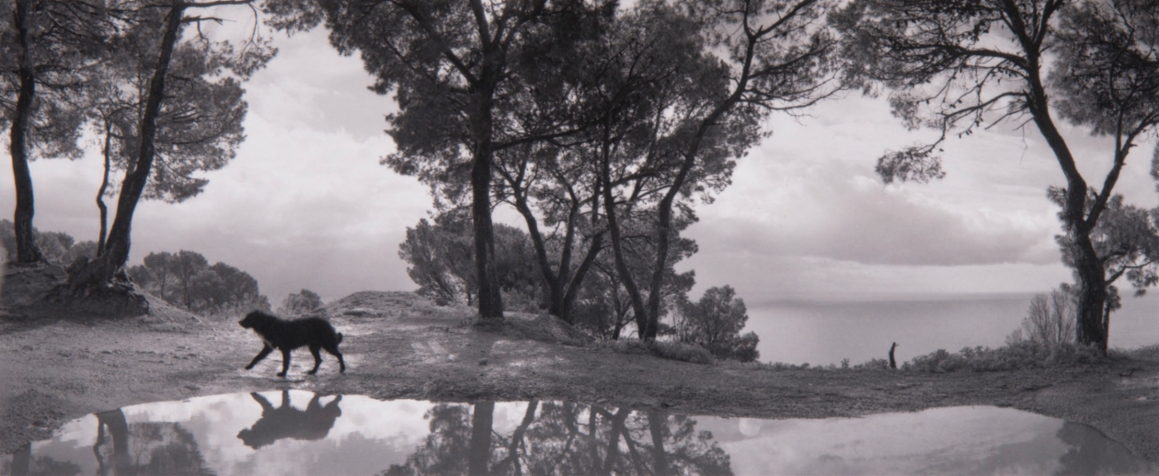
Pentti Sammallahti
Cilento, Italia, 1999
Pentti Sammallahti
PHOTOS FROM THE CENTRE'S COLLECTIONS
The Mikkeli Centre of Photography has a fine series of Pentti Sammallahti's works in its collections. The pictures on display now take us to Italy, Morocco and Nepal.
Pentti Sammallahti (b. 1950, Helsinki) started his career as a photographer in the early 60s. He is one of the first Finnish photographers who has made his life's work as a artist photographer. The author, who appreciates craftsmanship, is also known for his skilful enlarging of photos and high-quality printing of images. In addition to photographs, he has made themed books and photo portfolios.
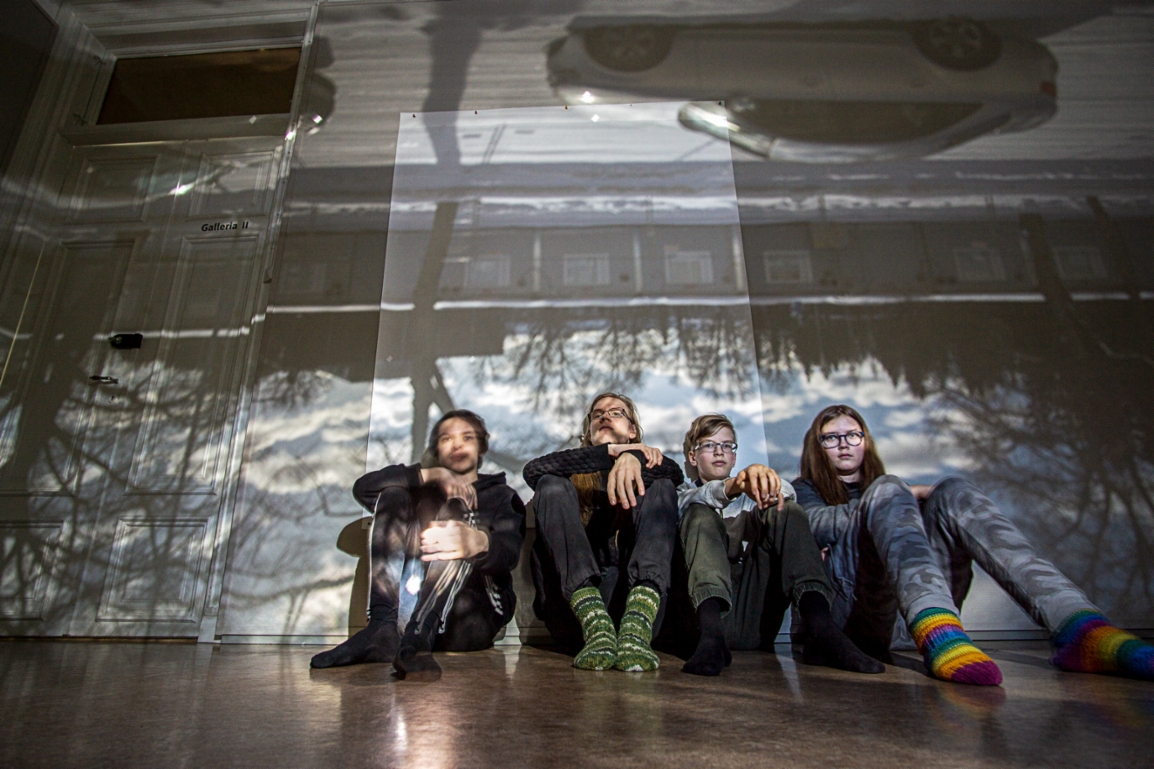
Luca Tanriverdi, Kauri Tuononen, Ville Maanselkä and Arttu Laine turned one of the gallery rooms into a camera obscura, i.e. a dark room.
FROM PRIMITIVE TO DIGITAL
Youth Media Camp Exhibition
4.3.–27.5.2023
The Mikkeli Centre of Photography has organized training since its establishment, i.e. since 1988. In the 2010s, the focus has been on youth education without basic education requirements.
At the beginning of the camp, a camera obscura, i.e. a dark room, was built from one of the gallery rooms. A small hole was made in the aluminum foil covering the windows. An image of the opposite view was reflected through it. The destination was the shelters of the Urheilupuisto school, i.e. the barracks school.
[The camera obscura principle may have been used already in the Stone Age. This is evidenced by cave paintings, where the distortions of animal shapes seem to be caused by the fact that the surface onto which the image was obliquely reflected was not straight.]
The young people moved from the dark room to the operation of a digital SLR camera: camera body caps with a pinhole were installed on a few cameras. The Stone Age and modern times met.
Next, we got to know studio photography and realized together portraits and experimental movement sequences using, for example, a lightsaber.
We were introduced to image processing, exhibition planning and proofing. The end result is a group exhibition, which is open during the center's opening hours until the beginning of April.
The target group of the camp was young people born between 2007 and 2012, and the camp location was the Mikkeli Centre of Photography.
The teachers of the camp were: photographer, photography lecturer Pasi Räsämäki and MA, artist photographer Olli Savio.
Media training for young people is supported by the Regional Administration Office of Eastern Finland, Education and Culture.
OUR EXHIBITIONS IN 2024
11.1.–17.2.2024
Gallery II: Antti Yrjönen*
Gallery III: Inkilänhovin elämää 1900-luvun alussa Millerin sisarusten kuvaamana
22.2.–30.3.2024
Hall + Lobby Gallery: Jake Kukowski
Galleria I: Sodassa haavoittuvat kaikki | Sotasairaala nro 17
Galleria II: t.b.a.
Galleria III: Historialliset kuvat
11.4.–25.5.2024
Hall + Lobby Gallery: Päivi Eronen
Galleries I–II: t.b.a.
Gallery III: Historialliset kuvat
8.6.–19.8.2024
All galleries: Four Masters from South Savo – Pekka Kautovaara, Otto Kohvakka, Ella Miller, Leo Montonen
5.9.–12.10.2024
Hall + Lobby Gallery + Gallery I: Jussi Aalto
Gallery II: t.b.a.
Gallery III: Historialliset kuvat
17.10.–16.11.2024
Hall + Lobby Gallery: Risto Junnilainen
Gallery I: Heli Seppänen
Gallery II: t.b.a.
Gallery III: Historialliset kuvat
21.11.–14.12.2024
Hall + Lobby Gallery: Leena Louhivaara
Gallery II: t.b.a.
Gallery III: Historialliset kuvat
___
* These are our exhibitions Nr. 301–302
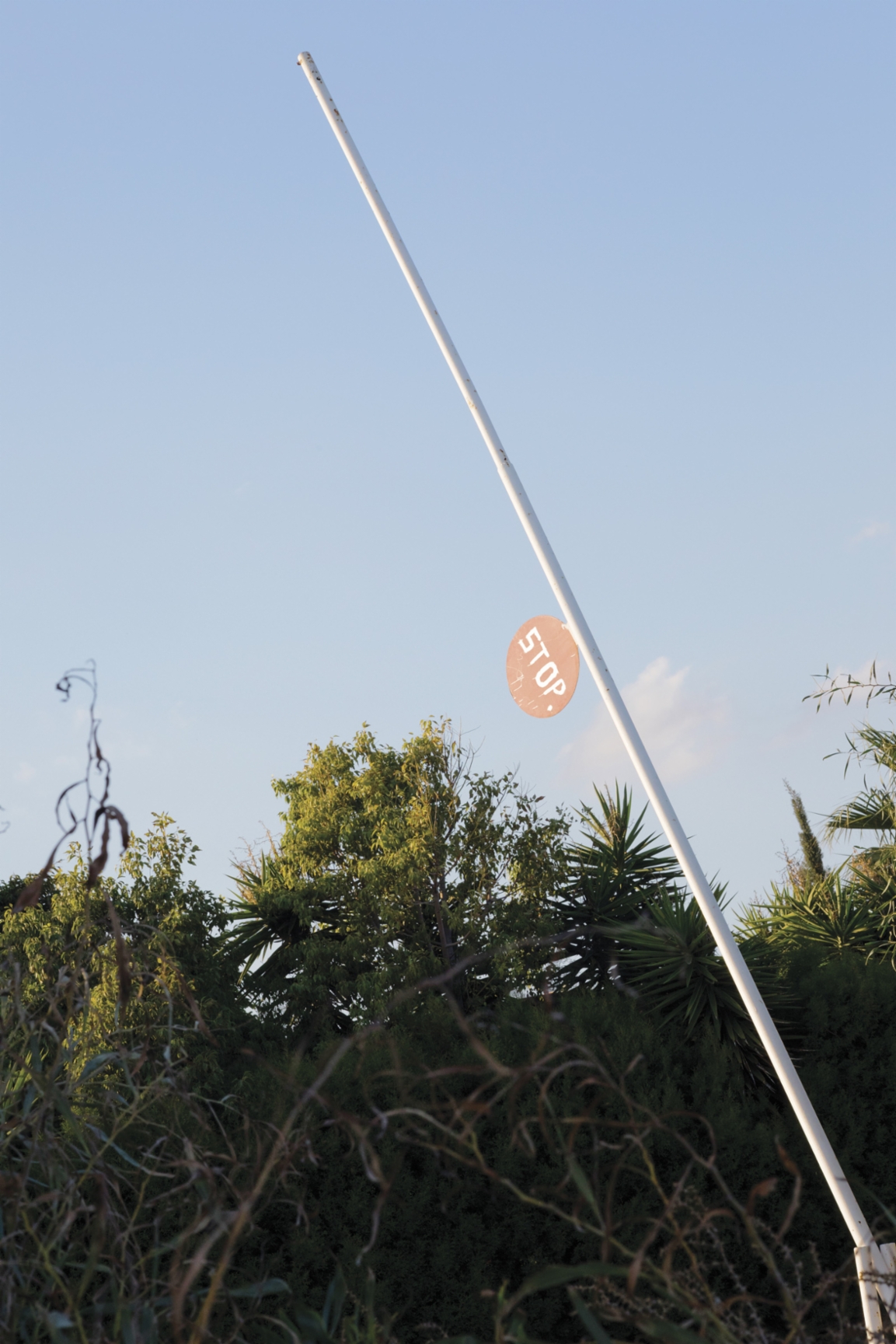
Verna Kovanen
Stop, 2020
Verna Kovanen
BROKEN HOLIDAY ALBUM
Broken Holiday Album is a photographer Verna Kovanen´s journey to the places which once were locations of happy family vacations of her childhood.
At the same time, holiday destinations seem to be places that rely heavily on personal memories and, on the other hand, symbolize a familiar and very much-copied concept made for the mass tourism industry.
Resorts are places, where nostalgia, global political crises, and the escapist needs of the traveler mix. In addition to holiday destinations, Broken Holiday Album series tells about us as travelers and tourists, and about time passing and the constant change whether we like it or not.
Verna Kovanen (b. 1989, Helsinki) is a visual artist and photographer based in Helsinki, Finland. She holds a Master´s degree in Visual Culture, Contemporary Art and Curating and Bachelor´s degree in Photography. Her works have been published in two photo books (Broken Holiday Album, 2022 and Invisibles, 2016) and seen in several solo and group shows around Finland and also internationally. Kovanen's partly autobiographical works deal with the themes of the power of imagination, nostalgia and memory.
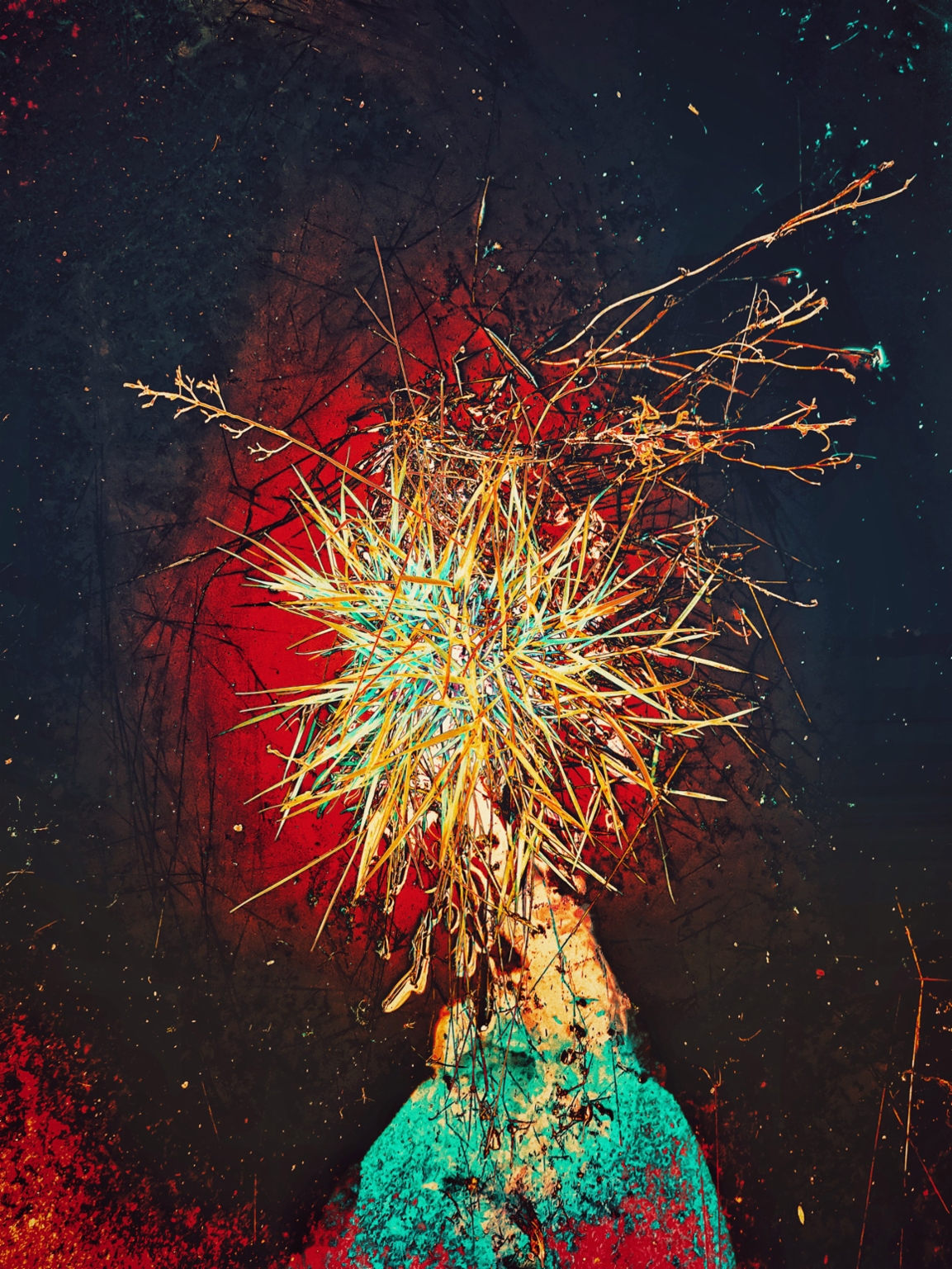
Alexandra Trufanova
Equivalents (Not Clouds) XXXVII
2021
Alexandra Trufanova
EQUIVALENTS (NOT CLOUDS)
In her ongoing series Equivalents [not clouds] (2021–), Alexandra Trufanova explores the aesthetic elements of the digital photography and the power relations between the software developer and the user.
Before the image appears on the smartphone screen, it goes through many predetermined algorithms that the user cannot influence. The artist sees it as a process where control is transferred from the user to the device and finally to the software developer. Trufanova aims to regain control by modifying the output of the smartphone camera.
Equivalents (not clouds) photo series deviates from aesthetic stereotypes, reality, and literal interpretation by moving towards the abstract. The use of pixels, digital noise and strong colours challenge the boundaries between photography and digital art.
Alexandra Trufanova (b. 1987, Kaliningrad, Russia) is an artist who recently graduated from the Turku Academy of Arts. Since 2020, she has focused on topics related to digitization and digital photography.
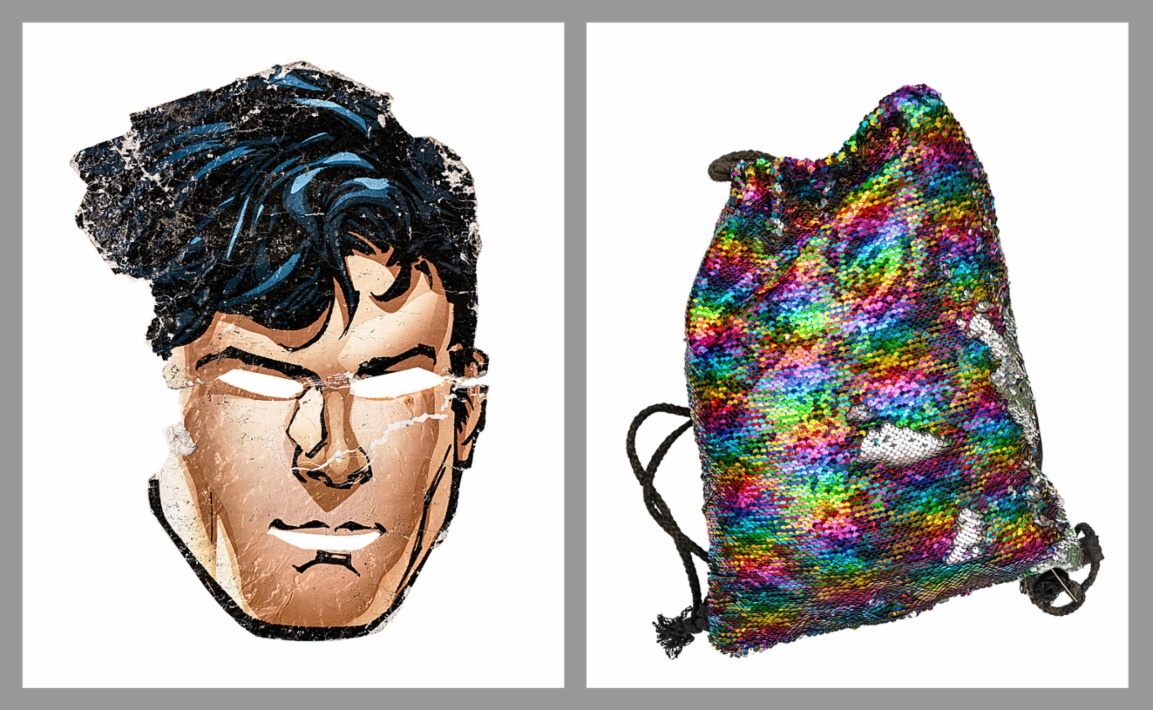
Pasi Räsämäki
The Mask, 2019
Spangly Drawstring, 2022
Pasi Räsämäki
URBAARIO – A COLLECTION OF URBAN FINDS
I got the idea of Urbaario, when I started photographing urban discoveries. When plant-related material is searched for and stored in a familiar herbarium, the urbarium collects discoveries about human habitat and interprets the information they convey about our species and lifestyle. The collector of the urbaario observes the mundane urban environment and trains the eye to notice what is buzzing in the landscape: someone has dropped a bottle cap or sunglasses, someone has forgotten their backpack, someone else their wristwatch. In describing these random discoveries, I have been pondering what they look like and where they come from. Effort has been put into developing a product and a brand – and then, once it's consumed, it becomes rubbish. Ambiguous images that play with a change of scale bring before us the roaring beauty of these forgotten objects.
Similar random beauty exists in archaeology. Hardly anyone in the past has dropped a ring on a field to leave it there on purpose. The money has been hidden for reasons other than as a sign to those who discover it in the future. Abandoned places of residence have simply been left where they are. By studying them, we modern humans can deduce a wide range of things from the lifestyles of the people of the past.
In the Urbaario – A Collection of Urban Finds exhibition, my photographs and archaeological finds engage in a dialogue about the questionable difference between rubbish and treasure. By comparing these different elements, you can also think about the wasteful human nature – throughout the ages, we also leave behind unintended signs of ourselves. The past is not only behind us, but it is also beneath us, on many floors. On top, on the surface layer, we see traces of the life of a modern, urban human.
Pasi Räsämäki (born 1966) is a Finnish Art Photographer. He studied photography in the Lahti polytechnic and has worked actively in Art Photography and as a teacher. In 2018 he participated in the exhibition on increasing inequality Does it feel familiar? – Photographs of everyday life in Finland in the Finnish Museum of Photography. Works of Räsämäki are included in the collections of the Helsinki Art Museum, the Joensuu Art Museum and Finnish Museum of Photography.
Visits
Puistokatu 3
50100 Mikkeli, Finland
Tel. +358 45 1494866
info [at] mikkelinvalokuvakeskus.fi
Open
Wednesday–Friday 11.00–17.00
Saturday 11.00–15.00
Sunday–Tuesday closed
Closed on Midsummer week Fri–Sat 24–25 June
The centre is fully accessible by wheelchair.
Entry fee
8 € | 4 €

